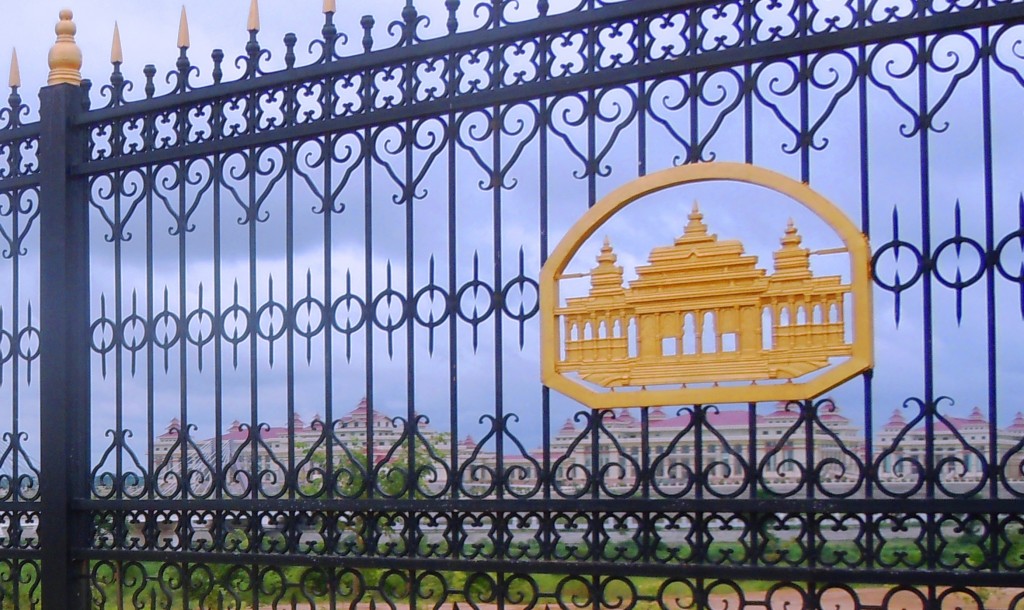The long isolated Southeast Asian nation of Myanmar has enjoyed more than a year of staggering optimism and attention on the world stage as the former military junta moved aside and embraced tentative democratic reforms in 2011. Myanmar’s 2010 multi-party election was the nation’s first in two decades, signaling a manufactured transition from nearly half a century of military dictatorship toward parliamentary democracy. Admittedly, the elections were hardly a resounding victory for democracy. The Union Solidarity and Development Party (USDP), comprising many recently retired soldiers from the former regime, won an overwhelming number of parliamentary seats (nearly 60 percent), while the 2008 Constitution set aside a quarter of all seats for active military officers. Opposition and ethnic political parties managed to secure a meager 15 percent of seats.
The by-elections of April 2012 were remarkably free and fair, allowing the opposition National League for Democracy, with Aung San Suu Kyi as figurehead, to win 43 of 44 contested seats. Many analysts heralded Suu Kyi’s reemergence into parliamentary politics within Myanmar as an omen of genuine change, expecting further democratic reforms, and pointing to the country’s long-awaited “opening”. However, Myanmar’s current electoral system, using single member districts and a plurality vote, has significant weaknesses. It limits proportional representation, minimizing the influence of smaller, ethnic political parties, while inflating the representation of larger, established parties. It jeopardizes genuine political reconciliation for the fractured nation by favoring enfranchised, primarily urban parties of Burman ethnicity while barring newer political parties comprising ethnic constituents with longstanding grievances against the central government.
A more proportional, mixed-member electoral system could enhance representation and stability, protecting the young democracy’s inchoate parliamentary transition. Myanmar’s electoral commission must consider reforming the electoral systems to accomplish three goals: (a) maximizing ethnic representation and proportionality; (b) guaranteeing political stability and peace; and (c) ensuring a political majority of party leaders in parliament can still have the appropriate authority to enact legislation and advance policy actions. The ideal electoral system for Myanmar’s 2015 general elections would be akin to Germany’s: a Mixed-Member Proportional (MMP) one, with one house electing members of Parliament (MPs) by means of plurality elections in regional districts and the other by proportional representation (PR) using a party list.
Under the current SMD plurality vote, the opposition National League for Democracy (NLD), which swept the 1990 elections and still commands widespread popularity, stands poised to win a landslide victory at the polls in the upcoming 2015 General Elections. In the wake of 1990’s elections, the military junta annulled the ballot results and refused to hand over power, imprisoning and torturing many of their political leaders, and sentencing party leader Aung San Suu Kyi, daughter of Burma’s independence movement, General Aung San, to 15 of 21 years under house arrest. Given the likelihood of the incumbent USDP’s loss to the NLD in 2015, the USDP, working with other political parties and the Union Electoral Commission (UEC), should vote to amend the current electoral system and adopt a Mixed Member Proportional System.
Plurality voting tends toward extreme disproportionality between the percentage of votes and party receives the number of seats it wins in Parliament, thereby giving the more popular NLD a tremendous advantage at the ballot box. (In private conversations with NLD MPs [Naypyitaw, August 2012], it is clear that they realize this advantage and will be resistant to any electoral changes that alter their position.)
MMP, on the other hand, promises greater proportionality while still favoring a clear majority. Many of the current MPs, particularly in the two largest parties, the USDP and the NLD, may resist electoral reform, fearing they will lose their slice of the parliamentary pie, but, ironically, it is the largest party, the USDP, which has the most to fear were Myanmar to keep the current elections system. MMP could in fact be the USDP’s best hope of avoiding an all-out loss to the opposition on election day. A mixed member election system may be Myanmar’s best chance for its conflict prone democracy to survive over the long run.
Hunter S. Marston is a graduate student at the University of Washington in Seattle
 Facebook
Facebook  Twitter
Twitter  Soundcloud
Soundcloud  Youtube
Youtube  Rss
Rss 
